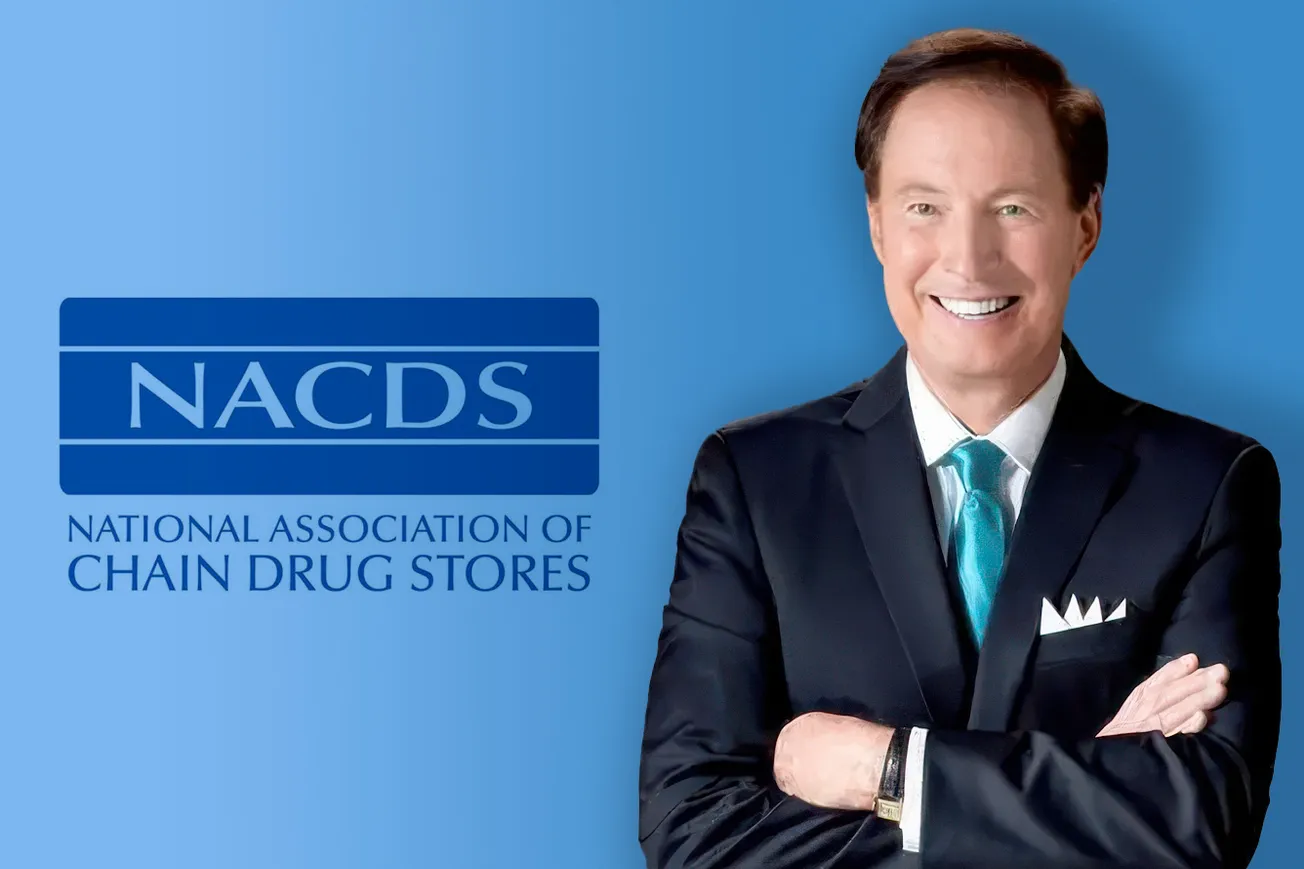Table of Contents
If a year ago you didn’t believe that U.S. trade policies would drastically change, believe it now. Trade policies affecting mass market retailers and the manufacturers that supply their products are changing and will impact their business — and there’s no clear outcome in sight.
 There are the indirect effects of steel and aluminum tariffs and retaliatory tariffs from trading partners (prompting Harley Davidson, for instance, to move manufacturing overseas). There also are tariffs on 10% of all Chinese imports and renegotiations of the North American Free Trade Agreement (NAFTA), prompting the United States to face off with Canada now.
There are the indirect effects of steel and aluminum tariffs and retaliatory tariffs from trading partners (prompting Harley Davidson, for instance, to move manufacturing overseas). There also are tariffs on 10% of all Chinese imports and renegotiations of the North American Free Trade Agreement (NAFTA), prompting the United States to face off with Canada now.
This moment is the trade version of Damocles’ sword hanging over retailers.
Indeed, abstract rhetoric about ending policies and levying tariffs has become a reality, with consequences that are not always evident. The 25% tariff on steel and 10% tariff on aluminum may not affect retailers immediately, but they will eventually find their way into the cost of products and operations. New duties on washing machines hit selected retailers, and tariffs on $60 billion worth of Chinese imports largely avoid consumer goods (televisions were originally discussed but excluded at the last minute), but given the tariffed goods’ role as input to manufacturing processes, the costs will eventually work themselves into pricing on retail shelves.
Potential additional tariffs on $200 billion worth of Chinese goods are unlikely to spare consumers. What’s more, for retail, the big one is NAFTA, where a year’s worth of negotiations has made little progress. If it is ended or curtailed, we estimate that the total direct impact of resulting new tariffs would generate $5.3 billion in increased costs for U.S. retailers by 2021.
Staring at the Storm Clouds
As they are set up today, many retailers are unprepared for this potential outcome. But managing the risk can begin quickly. Creating a way to anticipate new trade policy moves is important, for though policy changes seem to appear suddenly, they have actually been slowly churning their way through Washington’s bureaucratic machine. Once a company has established a tracking approach, it can run the numbers to see where it may be hit. From that comes the strategy for how and when to act to gain the upper hand against competitors facing the same challenges.
On the surface, this approach appears simple, yet companies are sitting on their hands. Why? For one thing, we have not seen this level of systemic trade disruption for decades. Lacking familiarity with the risk, our tendency is not to worry about it. And when policy changes actually hit, it takes time for the effects to be felt throughout companies’ complex structures.
Then there are the silos. Departments and divisions may have detailed knowledge and data on imports and exports, for example, but the data and knowledge are lodged in isolated areas. Merchandising doesn’t talk to finance, or procurement fails to talk to compliance.
There’s the macro nature of policy making, too. Retail managers on the ground aren’t tracking what’s happening in Washington, Brussels, Beijing or Ottawa, and most executives are too busy to follow the technical details.
Yet, within these obstacles lies the path to readiness. Knowing how to collect and structure information in a central place can shine a light on the overall implications of import volumes, supplier exposure and options, tariff costs, and responses to different trade policy outcomes.
Make the data relevant, then, for different areas of the company. The information that procurement needs is likely different from what merchandising needs. If costs rise, how much can merchandising pass along to customers interested in buying those products? Can procurement substitute suppliers? What does finance need to know that will influence balance sheets? What advance warnings can compliance share? And what does the C-suite need to know to act to sharpen the company’s competitive edge?
If companies have clear communication pathways and provide different recipients with meaningful data, mitigation is cohesive, rather than fragmented. People are connected and take the correct action. This requires creating new responsibilities within departments and a centralized committee that coordinates the response to trade policy shifts.
Collars Up and Moving Forward
All mass marketers have experienced supply chain disruption in the past. It may have been a halt in shipments of produce due to disease or extreme weather, fluctuating exchange rates that made imports more or less expensive, or the sudden unavailability of a product due to a supplier’s factory shutdown.
But imagine if every supplier was now unavailable or their products were immediately more expensive due to policy shifts and new tariffs. What would you do? Launching into crisis management is one option, but with the ability to see these threats coming and having a mitigation strategy in place, retailers can substitute a last-minute response with robust advance planning to protect themselves.
Billions of dollars in impact from new trade policies are beginning to work their way through the global system. If you, as a retailer, knew six months in advance that there was a 20% probability of what would happen and how it would influence your bottom line, wouldn’t you want to do something about it?
Jim Singer is a partner at global strategy and management consultant A.T. Kearney. Johan Gott is a principal, and author of the recent report “How NAFTA Affects U.S. Retail.” They can be reached, respectively, at Jim.Singer@atkearney.com and Johan.Gott@atkearney.com.





